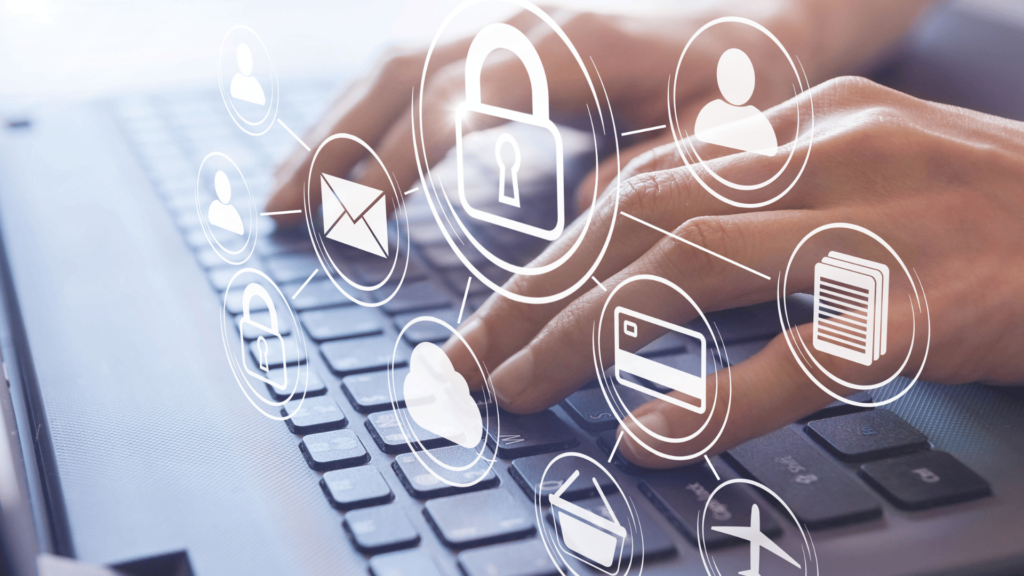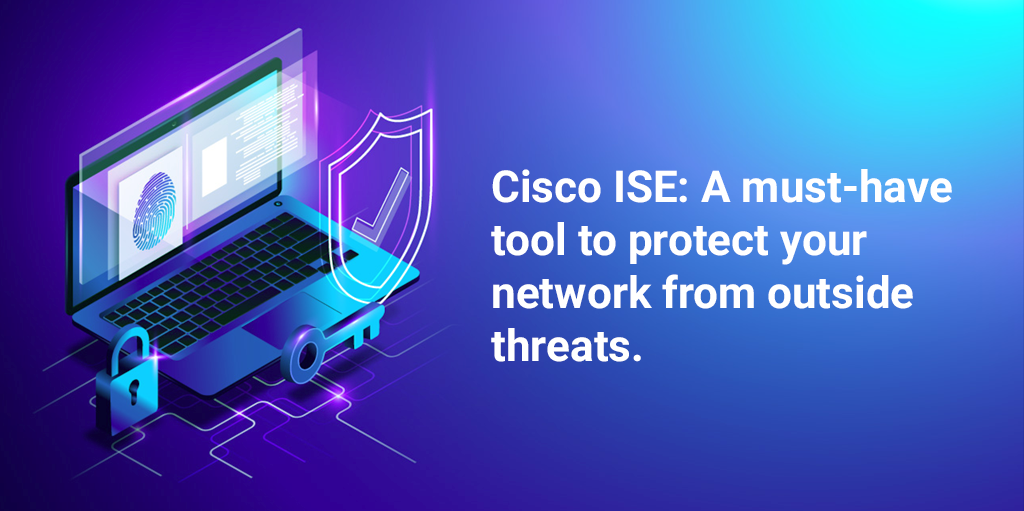With the growing dependence on digital infrastructure, cyberattacks are becoming frequent and sophisticated. In 2021, cybercrime costs were $6 trillion, which could rise to $10.5 trillion by 2025. Now-a-days, the average time to identify and contain a breach is 287 days i.e. 9.5 months. This showcases that effective log management and SIEM tools are of utmost importance. In this blog, we will discuss the role of logs and SIEM tools in improving the cybersecurity posture of your organization.
Understanding Logs and Their Role in Security
What Are Logs?
Logs are records generated by various systems, applications, and devices within your organization’s network. They capture a wide range of activities, including user actions, system events, and security incidents. These records are important for understanding what is happening in your network at any given time.
Types of Logs
Here are the different types of logs that contribute to a stronger security framework:
> Security Logs: These logs track security-related events, such as login attempts, firewall activity, and intrusion detection alerts. They are vital for identifying potential breaches.
> Access Logs: These logs document who accessed what and when. They are crucial for monitoring user behavior and ensuring compliance with security policies.
> System Logs: Generated by operating systems, these logs help monitor the health and performance of your systems. You can get an alert when there are software issues, hardware failures, or unauthorized changes.
> Application Logs: These logs are produced by software applications and can include error messages, user interactions, and other application-specific events. These logs are useful for troubleshooting and vulnerability assessment.
Why Logs Matter
Logs provide the insights needed to detect unauthorized access, trace suspicious activities, and respond to potential security incidents. The Ponemon Institute’s 2023 report reveals that organizations that used log data experienced a 50% decrease in breach detection and response time. This highlights the critical role that logs play in cybersecurity strategy.
Introduction to SIEM Tools
What is SIEM?
SIEM is a combination of SIM and SEM. SIM refers to Security Information Management and SEM refers to Security Event Management. SIEM tools collect and analyze log data from different sources in your organization. They provide a centralized platform for monitoring, detecting, and responding to security threats.
How SIEM Tools Work
SIEM tools collect log data from multiple sources—firewalls, intrusion detection systems, servers, and endpoints. In real-time, they examine the data for patterns or anomalies that could imply a security threat.
SIEM tools alert your security team whenever a potential threat is detected, reducing the time taken to respond to attacks. In fact, research from Gartner suggests that organizations using SIEM tools can reduce their detection and response times by up to 40%.
Benefits of SIEM
Implementing a SIEM solution offers several key advantages:
- Enhanced Threat Detection: SIEM tools correlate data from various sources, making it easier to detect sophisticated threats that might slip through the cracks of individual systems.
- Streamlined Compliance: Many industries require organizations to maintain logs for regulatory compliance. SIEM tools simplify this process by automatically collecting and storing the necessary logs.
- Reduced Response Time: SIEM tools provide real-time alerts and actionable insights, enabling your security team to respond to incidents faster and more effectively.
Best Practices for Log Management and SIEM Implementation
Effective Log Collection
To maximize the effectiveness of your SIEM solution, focus on collecting the right logs. Not all logs are created equal. Focus on logs that offer valuable security insights like security logs, access logs, and system logs.
Filtering out irrelevant logs not only reduces noise but also helps prevent alert fatigue—a common issue that can overwhelm your security team and lead to critical incidents being overlooked.
Optimizing Log Ingestion
The practice of gathering log data from several sources and keeping it in one place is known as log ingestion. This central repository can be a cloud storage service, file system, or database.
Efficient log ingestion is crucial for maintaining the performance of your SIEM tool. Implement filters to exclude non-essential logs, ensuring that only meaningful data is processed. It improves threat detection accuracy and reduces costs for log storage and SIEM licensing. A study by IDC found that organizations can reduce log management costs by up to 30% by implementing proper filtering and retention policies.
Correlation and Analysis
SIEM tools can correlate logs from different sources. This correlation allows you to detect complex attacks which otherwise go unnoticed when logs are viewed in isolation. Ensure your SIEM tool is configured to perform advanced correlation and analysis to maximize its effectiveness. According to a report by SANS Institute, organizations that use advanced correlation techniques are 25% more likely to detect and mitigate threats before they cause significant damage.
Challenges and Considerations
Cost Management
- The cost of log storage and SIEM licensing can escalate quickly, especially for large organizations with high log volumes.
- To manage these costs, you can focus on collecting only the most relevant logs.
- You can also consider using a tiered storage approach, where older logs are archived in a more cost-effective manner.
Avoiding Alert Fatigue
- Alert fatigue is a common challenge in SIEM implementation.
- When security teams are bombarded with a high volume of alerts, they tend to miss critical incidents.
- To combat this, fine-tune your SIEM system to prioritize high-risk events and reduce the number of low-priority alerts
Performance Optimization
- Maintaining the performance of your SIEM tool is essential for timely threat detection and response.
- Regularly review and optimize your SIEM configuration to ensure it can handle the volume of log data without delays or bottlenecks.
- This is especially important as your organization grows and the volume of data increases.
Conclusion
If you want to enhance your security measures, implementing a SIEM system is crucial as it provides visibility into risks, protects your data, and lowers the risk of breaches. By carefully selecting the right logs, optimizing log ingestion, and leveraging the advanced capabilities of SIEM tools, your organization can significantly enhance its ability to detect and respond to cyber threats. Contact us today to schedule a free cybersecurity assessment for your organization.



